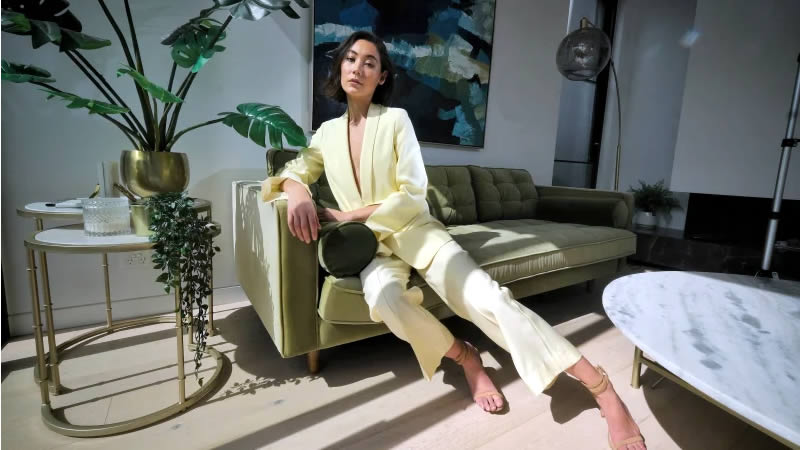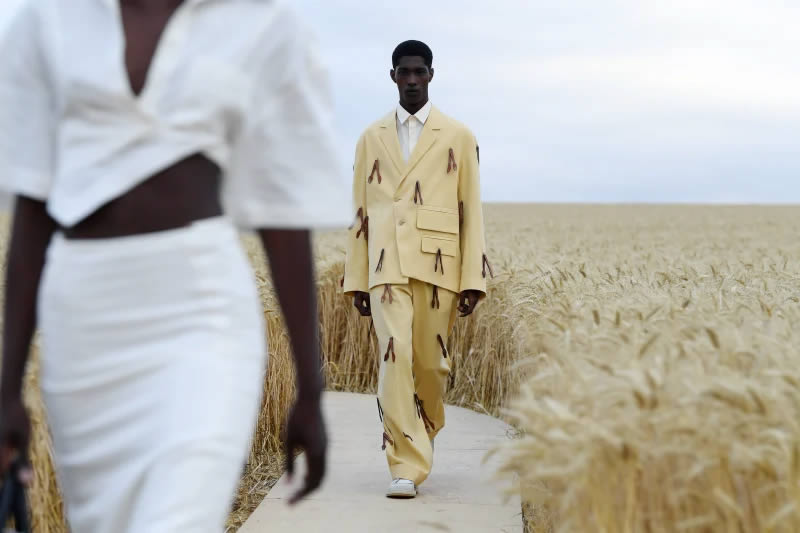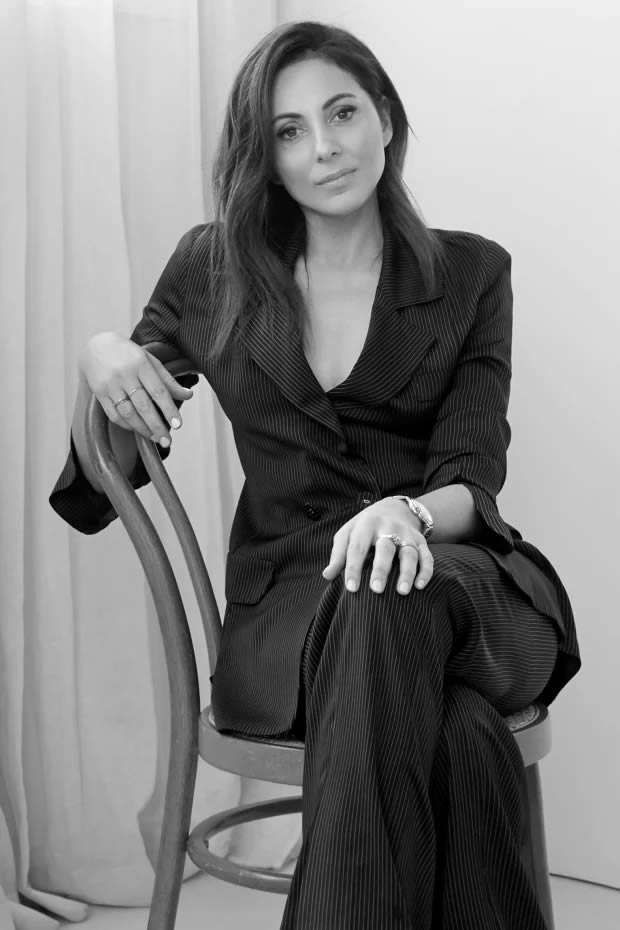
The Country’s First COVID-era Fashion Week is Coming to your Couch
Share0Going to a fashion runway can be great fun but it has its downsides. Shows often run late, you get all dressed up and then, it’s over in 10 minutes. Please collect your goodie bag on the way out.
With COVID forcing a global rethink of the traditional runway format (sitting knee-to-knee with your neighbour is so 2019), Australia’s first pandemic-era fashion week will be a mostly digital affair in late November.
Organisers of Melbourne Fashion Week, which normally runs in September, are promising at least 20 online runways by local designers as well as talks featuring some of the industry’s biggest names. And the best news: you don’t have to quarantine to attend; most events are free and open to anyone with an internet connection.
Should conditions allow, the City of Melbourne, which hosts the consumer runway event, is hoping to have limited in-person activity for locals desperate for a post-pandemic fashion fix (BYO mask).
Margie Woods, founder of label Viktoria & Woods, says although Melbourne Fashion Week was delayed by two-and-a-half months, the timing is perfect for showing the brand’s resort collection when the weather is more likely to have warmed up.

“It’s when people are hopefully going to be enjoying the sun, wanting to get out of their sweats,” she says.
One of the biggest debates in fashion sparked by the pandemic has been the issue of seasonality: delivering clothes to stores when customers actually want them. For example new coats in June, as opposed to February, as tradition dictates.
Woods, whose brand only went on winter sale in late August, is a big supporter of this more sensible approach to fashion retail.
“I don’t want [customers] to wait for a sale [to buy]. It’s not a sustainable way to run a business. Let’s make it relevant to people’s lives,” she says.
Woods is still working out the details of her planned digital runway but says she’s inspired by the Jacquemus parade at Paris Couture Week, which took place in a wheat field in the French countryside.
“It would be good to celebrate the environment; it has always been our muse and the source of most of the inspiration of each collection,” Woods says.
With the exception of some brands that specialise in activewear and loungewear, the pandemic has hit Australian fashion hard.
Woods recalls in March being on a panel at the Melbourne Fashion Festival one day “and the next day we were literally shut down”.

“We closed stores, we adapted really quickly and started to focus more online,” she says. “Luckily for me, we have always had the type of product that would adapt to working from home to an office, weekday to weekend.”
Woods says she sympathises with brands that are trying to sell occasion wear when the summer events calendar is still so uncertain.
“But you have to look forward and be optimistic,” she says. “We will go out and we will celebrate again.”
This year’s Melbourne Fashion Week will cost the city about $2.4 million. As part of a sustainability push and to accommodate designers that have been unable to produce new collections during the pandemic, organisers will also relax its “see now buy now” rule, allowing for shows to feature archived or evergreen collections.
“This flexibility will benefit participating designers by allowing them to show garments that might have been slower to sell during the pandemic or collections that do not align with a season,” a spokeswoman said.
The Melbourne Fashion Festival is still scheduled to proceed next March after it was cut short this year due to the first COVID-19 outbreak. Acting chief executive Yolanda Finch said it was likely to include a blend of physical and digital events. “It’s very difficult to know how to invest in that vision without a crystal ball, but we do know that aspiring to, and planning for, a return to live events is important to our collective mental and social well-being,” she says.
